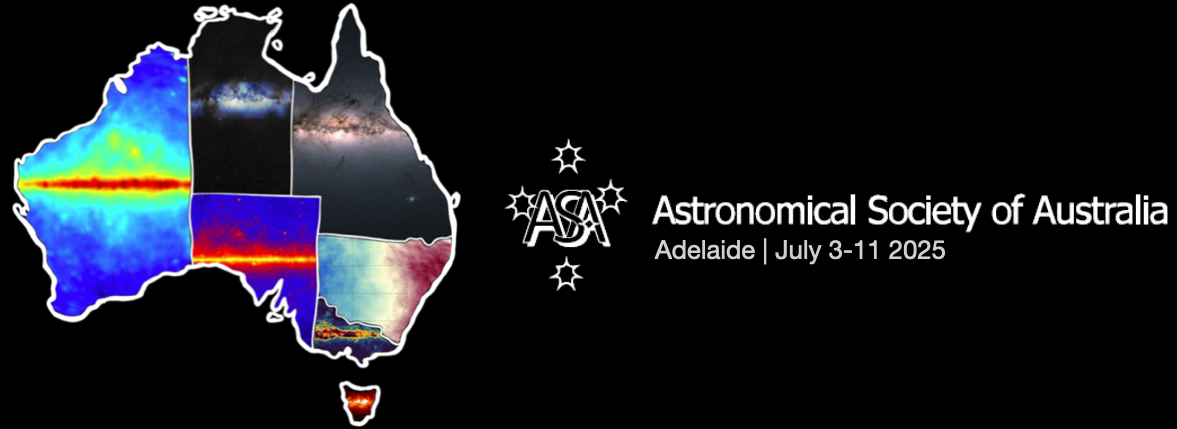Speaker
Description
Due to their short timescales and sensitivity to radio propagation effects over cosmological volumes, high redshift Fast Radio Bursts (FRBs) are expected to be extremely powerful probes of our Universe. However, while a significant number of FRBs are expected to exist at high redshifts, detecting them has been difficult, with few confirmed at redshifts greater than one. In many other fields, gravitational lensing from galaxy clusters has enabled high redshift detections by magnifying background sources. In this talk I demonstrate how cluster lensing can also be used to find the highest redshift FRBs. Using observationally driven models of existing galaxy clusters, I predict the population of lensed FRBs that will be observed by FRB detectors such as CHIME, CHORD, ASKAP and SKA. I show that in each case the rate of lensed FRBs is strongly sensitive to density of FRBs at high redshifts, allowing cluster lines of sight to strongly constrain FRB progenitor models. For a realistic FRB redshift distribution that traces star formation, I show that typical cluster lensing can potentially double the rate and range of high redshift FRB detections along a given line of sight. Contextualising this advantage, I recommend survey strategies that would yield multiple lensed FRBs per year from redshifts z > 1 for CHIME and z > 2 for CHORD by searching only a few lines of sights on each instrument to lower signal to noise ratios.

